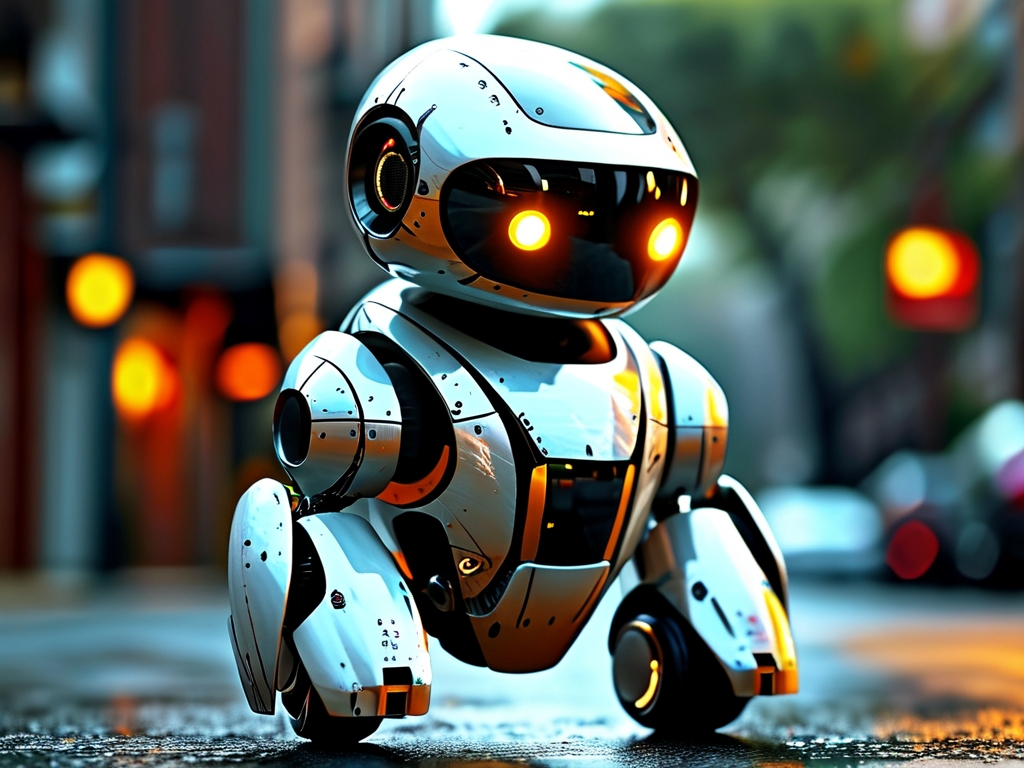The evolution of robotic gripping technology has revolutionized industries ranging from manufacturing to healthcare, enabling machines to interact with objects of varying shapes, sizes, and textures with unprecedented accuracy. At its core, robotic gripping—or "grasping technology"—refers to the mechanisms and algorithms that allow robots to securely hold, manipulate, and release objects. This article explores the latest advancements in this field, their applications, and the challenges that lie ahead.

1. The Mechanics of Robotic Gripping
Modern robotic gripping systems rely on a combination of hardware and software innovations. Traditional grippers, such as parallel jaw clamps or vacuum suction cups, have been enhanced with adaptive materials like soft silicone or shape-memory polymers. These materials enable grippers to conform to irregular surfaces without damaging delicate objects. For instance, soft robotic grippers inspired by octopus tentacles use pneumatically controlled chambers to gently wrap around items, making them ideal for handling fragile items like fruits or glassware.
Another breakthrough is the integration of sensor arrays. Tactile sensors embedded in grippers provide real-time feedback on pressure distribution, allowing robots to adjust their grip strength dynamically. Technologies like piezoresistive or capacitive sensors detect minute changes in force, ensuring objects are neither dropped nor crushed.
2. The Role of Artificial Intelligence
AI-driven algorithms have transformed robotic gripping from a pre-programmed task to an adaptive process. Machine learning models, trained on vast datasets of object geometries and material properties, enable robots to predict optimal grasping strategies. For example, a robot in a warehouse can analyze a box’s dimensions, weight, and surface texture to decide whether to use a suction cup or a multi-fingered grip.
Computer vision plays a critical role here. Cameras and 3D depth sensors create digital twins of objects, which are then processed by neural networks to identify grasp points. Innovations like Google’s "Dex-Net" project use simulation environments to train grippers on millions of virtual objects, drastically reducing real-world trial-and-error.
3. Applications Across Industries
- Manufacturing: In automotive assembly lines, robotic arms with magnetic grippers handle metal parts with precision, while collaborative robots (cobots) equipped with adaptive grippers work alongside humans to assemble electronics.
- Healthcare: Surgical robots like the da Vinci system employ micro-grippers for minimally invasive procedures, reducing patient recovery times. Meanwhile, exoskeleton gloves with sensor-enabled grips assist patients with motor impairments.
- Logistics: E-commerce giants deploy autonomous mobile robots (AMRs) with vacuum grippers to sort and transport packages, improving warehouse efficiency.
- Agriculture: Soft grippers harvest crops like tomatoes without bruising, addressing labor shortages and reducing food waste.
4. Challenges and Future Directions
Despite progress, robotic gripping faces hurdles. Handling deformable objects (e.g., fabrics) or items in cluttered environments remains difficult. Additionally, power consumption and cost limit the scalability of advanced grippers.
Future innovations may focus on:
- Biohybrid Systems: Combining biological materials (e.g., muscle tissue) with robotic components for organic adaptability.
- Self-Healing Materials: Grippers that repair minor tears or wear autonomously.
- Swarm Robotics: Coordinated gripping by multiple robots for large or complex tasks, such as disaster rescue operations.
5. Ethical and Economic Implications
As gripping technology advances, debates arise over workforce displacement. While robots boost productivity, they also threaten low-skill jobs. Conversely, they create opportunities in robotics maintenance and AI development. Policymakers must balance innovation with social safety nets.
Robotic gripping technology is a cornerstone of the Fourth Industrial Revolution, bridging the gap between mechanical automation and intelligent adaptability. From manufacturing floors to operating rooms, its impact is undeniable. As researchers tackle existing limitations, the next decade will likely witness grippers that rival the dexterity of human hands, unlocking new possibilities in automation and beyond.

